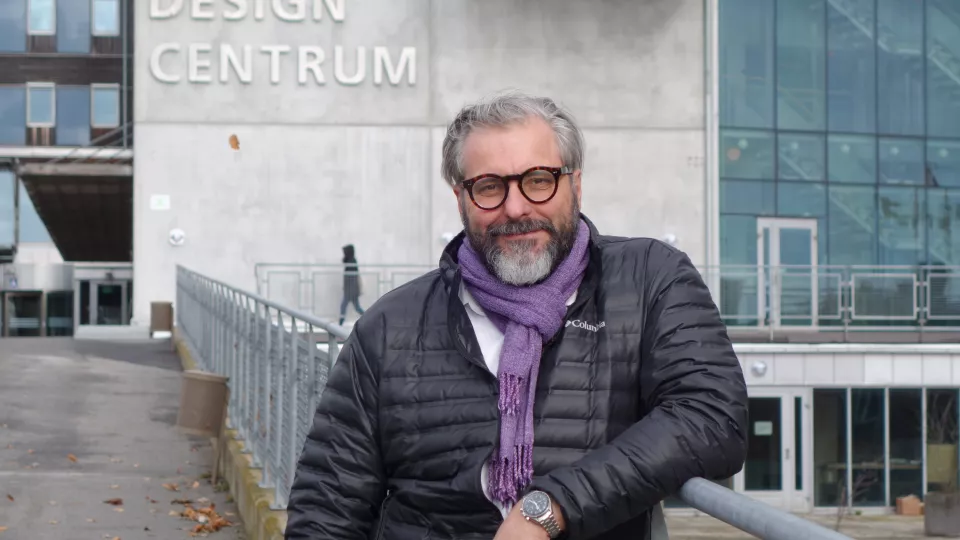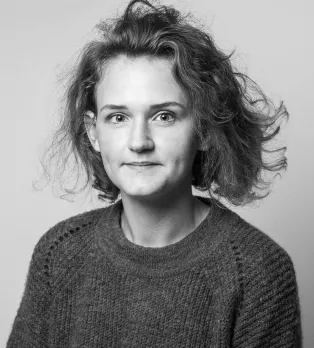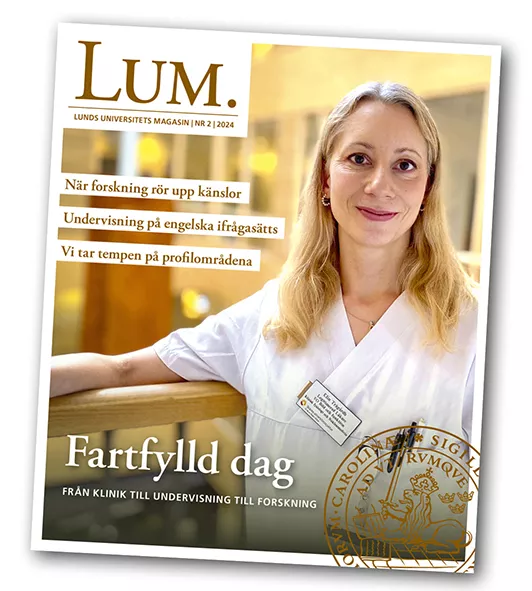Thomas Johannesson was dean of LTH between 1996 and 2001. He and Ingvar Kamprad arranged a meeting in the late 1990s. Their meeting, over coffee and cake at Thomas’s kitchen table, resulted in a donation of SEK 250 million from the IKEA Foundation for industrial design education.
“It was a long meeting and we both had a lot of coffee. And Ingvar had a lot of snuff”, says Thomas Johannesson when he recalls their conversation.
“That first donation meant that we could increase the number of places for students from 15 to 30 each year and that we could offer a higher international standard of education. Ingvar Kamprad wished that the donation would contribute to making good design accessible to as many people as possible”, says Thomas Johannesson and added that he shared this vision.
“The original support from the IKEA Foundation was apportioned over 15 years and at the start of the 2000s it was a unique way to develop industrial design education”, comments Claus-Christian Eckhardt, the Director of the School of Industrial Design.
“If that meeting over coffee between Thomas and Ingvar had not taken place, the education would not be what it is today”, says Claus-Christian Eckhardt, who considers that Tomas Johannesson was not only the catalyst for the original support, but has also had a part to play in the latest donation.
The donation secures development
The donation of SEK 350 million from the IKEA Foundation means that the school’s finances are secured for the long term, something which has not been the case previously.
“I feel relieved”, says Claus- Christian Eckhardt. “The donation means that we can focus on the development of the school and the subject area in general. It will also means that we can take part in more international exhibitions, develop our collaborations and keep the equipment at the school up to date.”
The Ingvar Kamprad Design Centre (IKDC) has become well established internationally and wants to do what is required to maintain that position and continue to influence the future of design.
“The future designer is a key person in societal development. Being a designer involves working on social changes, political processes and global challenges, and being able to navigate through a changing landscape of needs and requirements”, says Claus-Christian Eckhardt.
Passion is an important driving force
The donation does not alter the number of students in education, as the School of Industrial Design will continue to admit 30 students each year in the respective programmes. The students admitted to the school may not have the same focus and areas of interest, but often share a passion for changing the world.
“Passion is the most important driving force among the students. Passion and a desire to contribute to the positive development of society”, says Claus-Christian Eckhardt and points out that the passionate and creative students are an important reason that the donation became a reality.
One of those students is Helena Hägg. She has recently completed her Bachelor’s project about how in the future we could be able to produce more food using less resources.
“I became interested in each farmer as a person and by the meeting of old traditions and innovative technology. In conversation with the farmers I found stories and perspectives that shifted the focus of the project to the adaptation of farmers’ existing technology for more varied cultivation”, says Helena Hägg.
During the project it became clear to Helena Hägg that people are often striving for the same goal, but have different ways of reaching it.
“What I initially thought was the farmers’ ‘problem’ became instead after all the meetings proof of a universally applicable and very human dilemma – that we often have different words for things and therefore don’t understand each other. Perhaps it sounds like a simple lesson, but for me it took three years and quite a lot of small, less successful projects at the school to realise it. A large part of the programme is about just that – making mistakes so that perhaps you can find the right way in the end.”
Designer: an identity and activity
The School of Industrial Design has been in its present form since the early 2000s with Claus-Christian Eckhardt as director. Before joining Lund University, he had a career within industry, including the role of head designer at Bosch.
“I am still a designer, even though I don’t work in the same way as before. I will soon have been at Lund University for 20 years and sometimes I miss the classic design activities I led at Bosch. But as the director of the School of Industrial Design I get a little of everything – the academic perspective, close dialogue with the students, collaboration with the business sector, and the design side."
Being a designer is not just a job title. Both Claus-Christian Eckhardt and Helena Hägg describe design as a philosophy, an identity and something you both are and do.
“It often sounds like the designer is a creative genius who works alone, but design is created through relations and in relation to others. During the programme we train to cooperate in what I believe is a quite unique way compared with many other programmes. This is one of the most difficult, but also finest, experiences I will take away with me from the School of Industrial Design”, says Helena Hägg, who has now left the school to take the step into working life. She hopes that the donation leads to more placements during the programme and even stronger links to working life and research.





